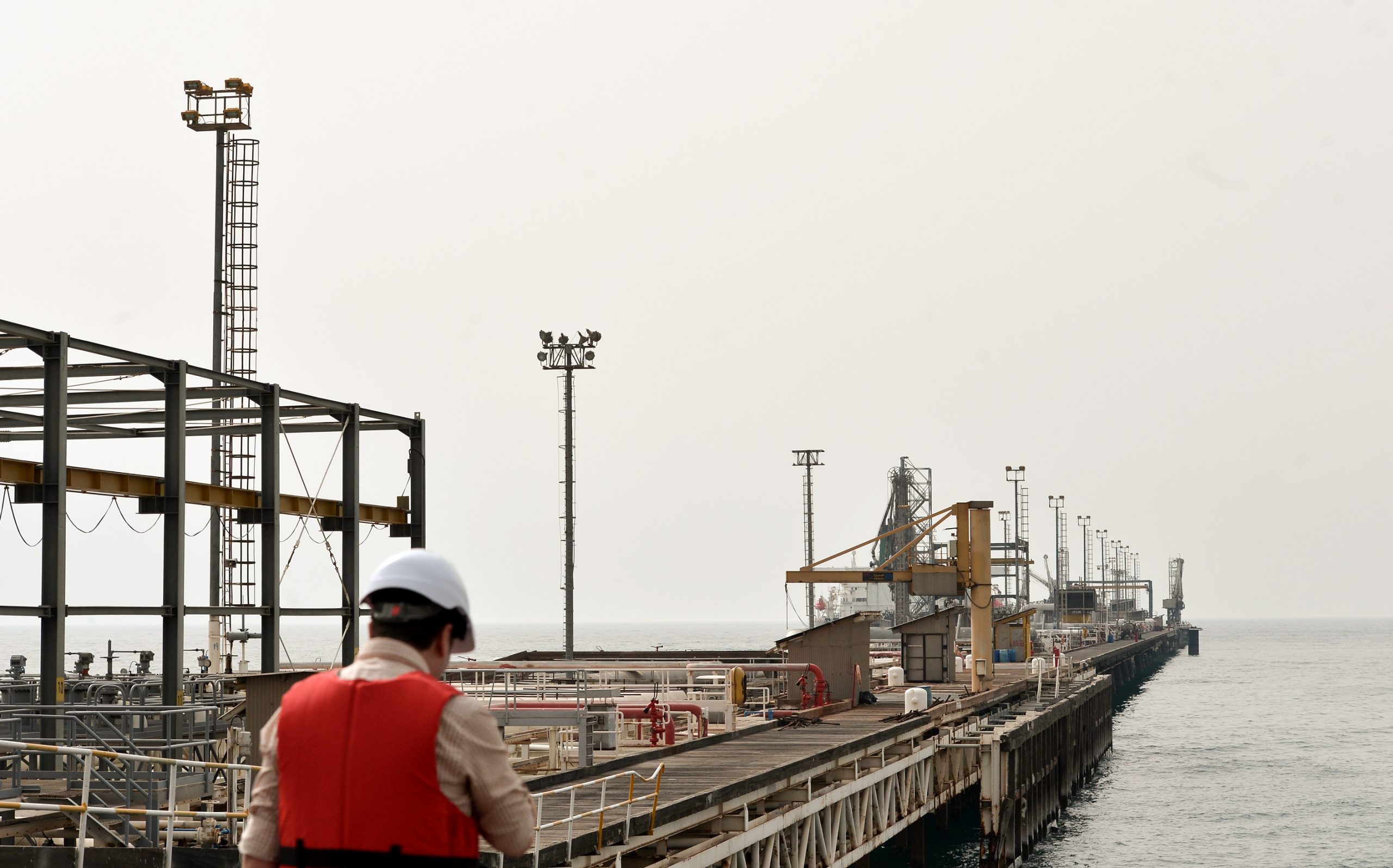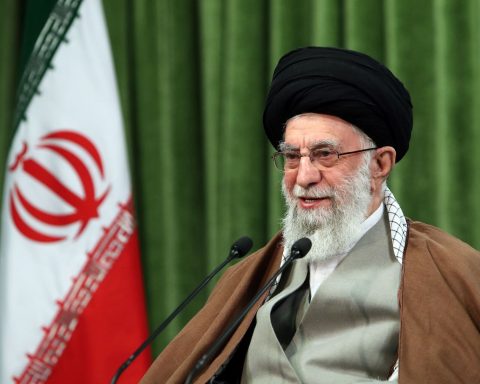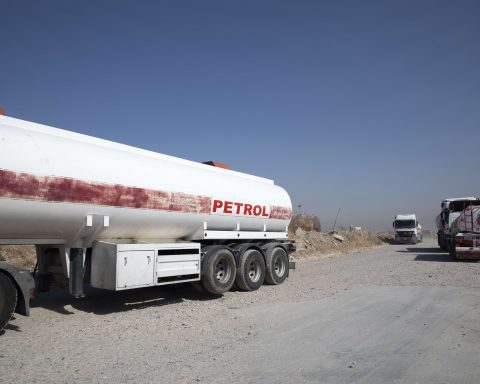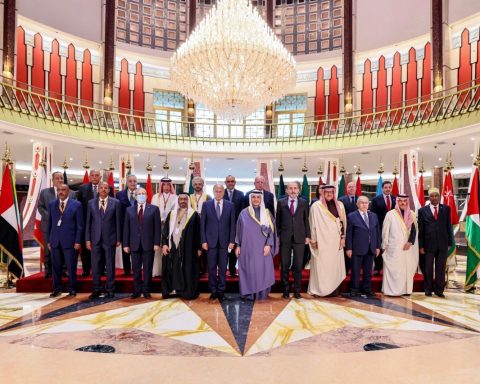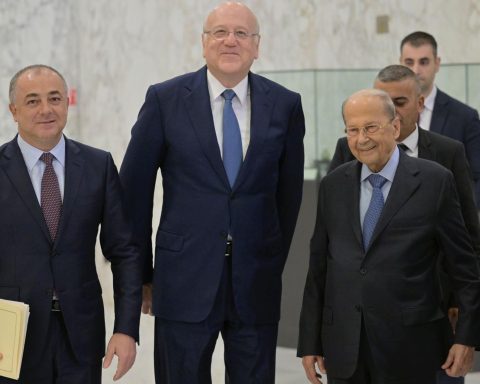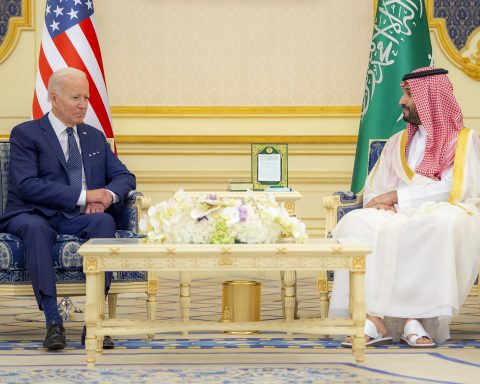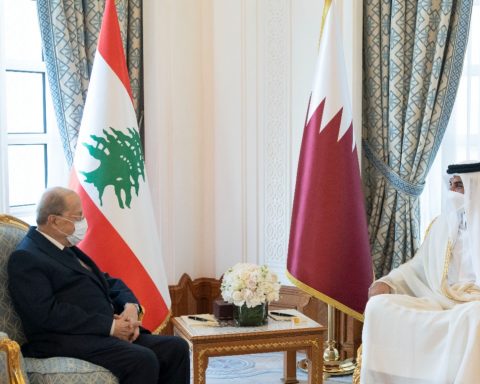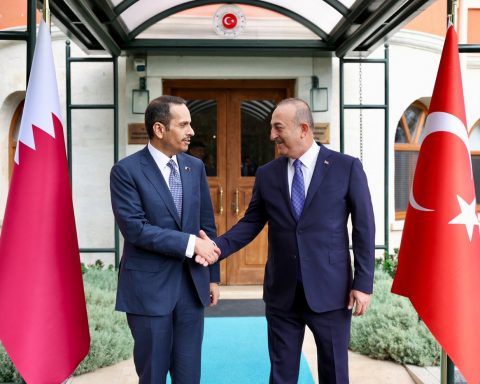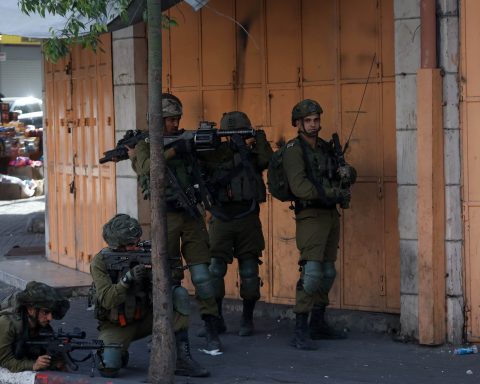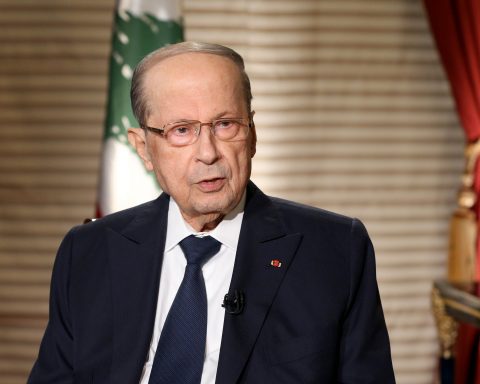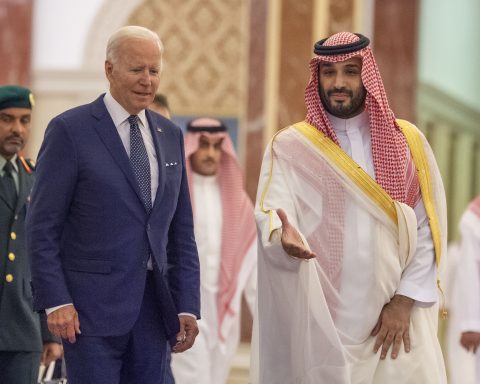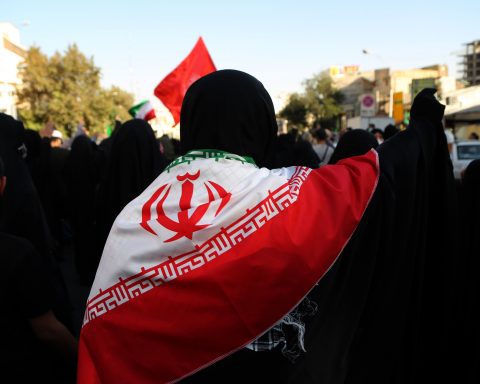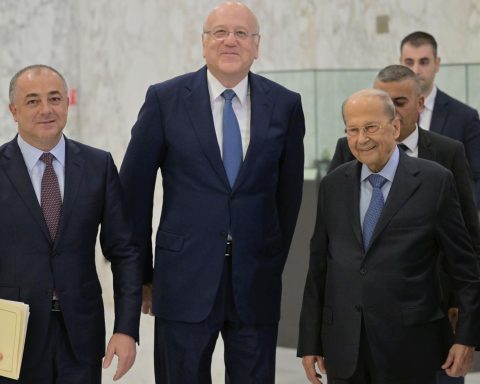The geopolitical capabilities of each country have always been one of the main sources of power in the world’s political and economic system. Iran’s presence in the heart of one of the most important and tense regions of the planet, namely the Middle East, has led to many geographical locations and access to a huge geopolitical capacity is always available. Proper management of resources and the expansion of inclusive economic institutions are necessary to witness the development of economic power and, ultimately, the realization of potential geopolitical capacity along with the use of this resource to produce power. In the meantime, having a tense foreign policy and paying attention to regionalism in foreign policy are very effective factors in using the geopolitical capacities of each country.
The majority of the energy that Iran presently exports is transmitted through the Strait of Hormuz, which is a narrow shipping channel located in the Persian Gulf. The Strait of Hormuz underwent a crisis when the former US President Donald Trump withdrew from the nuclear agreement signed in 2015 and imposed sanctions on Iran’s oil sector and the economy at large. Thus, the negotiations between Iran and world powers for the removal of these sanctions from the energy sector and the economy of the Islamic Republic and the revival of relations between them are closely being watched by oil markets as such a development would boost exports by millions of barrels. In fact, at the beginning of this month, it was reported by Rouhani that the sanctions imposed on Iran’s oil, shipping, insurance, and banking industries would be removed, which would lead to a reduction in oil prices.
Within their 25-year plan, Iran and China mutually aim to increase oil production. Accordingly, the oil fields located in the West Karoun area will be the primary focus of the oil-transfer chain extending across the Goreh-Jask pipeline. While the West Karoun pumping station is the initial beginning point of the route of transmission in the first stage, the Omidieh pumping station and the Bahregan and Jask terminals are the middle and last stages, respectively. Subsequent to the first testing of the infrastructure in the initial phase, the daily capacity of oil transfer (350,000 bpd) to export terminals will increase to 460,000 pbd and 254,000 pbd of heavy crude oil and light crude oil, respectively. Phase 2; on the other hand, will witness the transfer of not less than one million barrels of crude oil to export terminals. These figures are not exaggerations, as there are more than 67 billion barrels of oil in solely the West Karoun oil field cluster, which includes North and South Azadegan, North and South Yaran, and Yadavaran, as well as some lesser fields.
In the past decades, most of Iran’s oil exports came from Kharg Island. The island was chosen for its natural location. However, to diversify export terminals as well as increase oil export resilience, Jask was chosen as the second pole to produce oil in Khuzestan and the West Karun joint fields after transmission by line. Moreover, providing the necessary infrastructure in the region to create affiliated industries is one of the achievements of the Makran development plan. Prior to the re-imposition of US sanctions, the Kharg terminal accounted for about 90 percent of all Iranian oil exports, and the rest was shipped through the Lavan and Siri terminals, with clear and easy targets for the United States and its affiliates to cripple the sector. It created Iranian oil and, consequently, boosted its economy. In addition, the excessive narrowness of the Strait of Hormuz means that tankers must cross it very slowly. Thus, the cost of transit is rising.
The Goreh to Jask crude oil transfer project is a national and strategic plan. With the support of the government and the leadership of the National Iranian Oil Company, its aim is to guarantee export continuity by creating a capacity of one million barrels of crude oil per day, with storage and export through the new Jask terminal. Crude oil, decentralization of export terminals and their diversification, sustainable development and job creation are implemented on the shores of Makran, which at this stage has a capacity of 300,000 barrels of oil per day and eventually reaches one million barrels of oil per day.
Some experts believe that the decision to build the 1,000-kilometer pipeline from southwestern Iran to the port of Jask in the Oman Sea at a cost of 1.5 billion euros was made when the Islamic Republic repeatedly closed the Strait of Hormoz to the United States and Arab countries in the region. Hormoz was threatening. But the problem is that all of Iran’s own oil exports pass through this strait. On the other hand, most of the non-oil exports and about 80 percent of the country’s imports pass through the Strait of Hormuz. In the field of circumventing non-oil goods, with the help of India a few years ago, Iran launched the port of Chabahar in the coastal waters of the Oman Sea in half, and in 1998, the port’s share of Iran’s southern ports was only 1 percent.
With the construction and operation of the Jask-Goreh pipeline, it is possible to transfer a significant part of the South Pars gas condensate to the east of the Strait of Hormuz and the Makran coast, which can be exported from this region or as feed required for petroleum refining industries in the medium and long term. On the other hand, even if international sanctions are lifted, it will be possible to export South Pars gas condensate from the Jask terminal. Iran can be considered as another political and economic achievement for the sale and export of gas condensate and the operation of this important and strategic pipeline.
The presence of Iranian companies in different stages of design and implementation, the speed of project implementation due to the volume of work and geographical area, and the length of the project, the use of equipment and facilities in the various stages of the construction of pipelines, and facilities located in Jask terminal have raised the level of technical and engineering knowledge in the oil industry and companies manufacturing design items and equipment. The establishment of downstream facilities, including petroleum refineries, petrochemicals and collective sectors, and support at the Jask terminal, naturally expands the project dimensions and makes Makran the third development and industrial area in the country after Khuzestan and South Pars. The Jask-Goreh Pipeline and Makran Export Facilities find their real and strategic importance when it is economically and developmentally justified that Iran exceeds its current production capacity of 4 million barrels per day and production level to reach more than 6.5 million barrels. Due to Iran’s poor economic situation due to sanctions and the system’s inability to control and combat the COVID-19 outbreak, it has challenged billions for this project. Approximately 30 percent of the oil passing through the strategic crossings of the world transits through the Strait of Hormuz. This includes oil shipments from Iran, Saudi Arabia, Iraq, the United Arab Emirates, and Kuwait. Given that the economies of the major oil-exporting countries in the region are dependent on oil, it is natural that these countries take the necessary measures to deal with any threat that poses a serious challenge to the security of their energy supply.
Oil tanker tracking companies estimate Iran’s crude oil exports alone in 1999 at about 320,000 to 500,000 barrels, valued at about $5 billion to $7 billion. Prior to the US sanctions, Iran had exported oil and gas products valued at more than $60 billion a year. While oil revenues fell sharply and Iran was in an economic crisis, it spent 1.5 billion euros ($1.8 billion). At $1.8 billion, Iran could build two large power plants and add 2,000 megawatts to the country’s electricity production, and today it would, at least, not be facing such massive blackouts. With $1.8 billion, it could also build a refinery with a daily processing capacity of 200,000.
Although Iran currently has difficulty selling oil, Iran’s long-term view is access outside the Strait of Hormuz. At first glance, it is thought that Iran wants to bypass the Strait of Hormuz and increase its bargaining power for the sale and export of oil. Bypassing the Strait of Hormuz has been the strategic goal of this pipeline, since the Iranian revolution, it has repeatedly threatened to close the Strait of Hormuz, and Iran’s economy is in a bad situation due to US sanctions. Other oil-exporting countries in the region have built an alternative pipeline to reduce their dependence on oil exports through the Strait of Hormuz. The United Arab Emirates, with one pipeline, Saudi Arabia, with three lines, and Iraq, with three other lines, are the three countries that have tried to bypass the Strait of Hormuz before Iran, thus making Iran the fourth country to join this trend. Iran could also play an active role in the collective security of the Strait of Hormuz and in the Persian Gulf by resolving the tense foreign policy while solving the existing problems with the United States and countries of the region.

